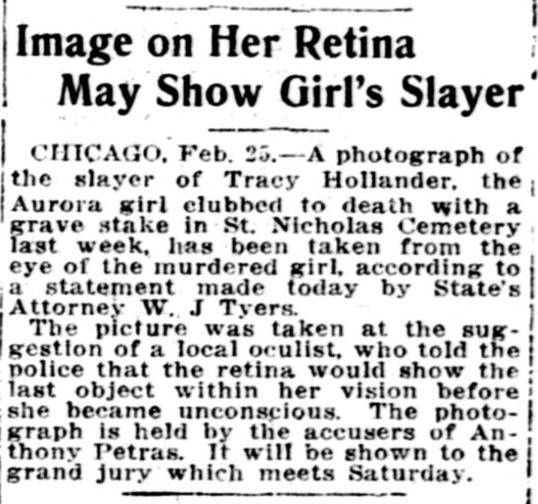Whatever passed for comedy in a cartoon or joke in a daily publication in 1914 isn’t funny today. An example I tweeted:
Knick: Does the dentist drill your teeth? Knack: Yes, but he can’t make them act right. #1914jokes (Chicago Day Book, 2/28/1914)
— STEVE HUFF (@SteveHuff) February 28, 2014
Cue the sad trombone, right? I groaned so hard I scared my cat and probably pulled a muscle.
Here’s a cartoon from another publication that’s just as wince-worthy:

Okay.
The perpetrator of the above meant for his ‘toon to amuse. Perhaps the mustachioed man of letters in 1914 obliged with a tobacco and brandy-scented chortle before he went off to read law and grouse about the suffragettes and the ethnics. Whatever the case, I can’t find a way to find it funny today, save through the lens of a modern man’s condescending sarcasm.
It’s easy to find groaners like that in every daily paper from 1914. It’s more interesting to find cartoons expressing a combination of visual and verbal wit that are still funny today.
In February, 1914 Maurice Ketten was publishing his cartoons in the New York Evening World. They were slotted in the Evening World’s “Magazine” section, aimed squarely at whatever the assuredly all-male staff of the paper thought women of the day might enjoy.*

Ketten’s drawings were large, single panels containing an array of captioned images connected by an umbrella idea expressed in the title at the top of the frame.
The Evening World published on this date a century ago published Ketten’s “Fashion Fancies.” If I tried to post the whole panel, the images wouldn’t be clear and Ketten’s captions would be unreadable, so I’ll just post the ones that amused me, like the one on the left. This word is often wielded as a bat with which to beat anyone who writes anything semi-funny or satirical online, but Ketten’s work contained a lot of easily recognizable and modern snark.
I can almost picture him walking certain districts of 1914 New York and passing various moneyed types in ridiculous new fashions and smiling to himself, socking ideas away.

In the previous day’s Evening World (2/27/1914), Ketten published a cartoon titled “Why Not?” If anything, it was even funnier than Fashion Fancies, containing the oddly modern idea on the right. Because why not just tattoo your monogram on all that open space on your dome? One hundred years later you don’t have to look too far to find someone who has actually done that or something similar. Okay, they’re usually in jail, but still, skull tats are probably a lot more common in 2014.

Ketten’s startled lady in futurist and cubist wigs on the left was perhaps my favorite from from the February 27th drawing. With spare pen strokes, he made a decent joke at the expense of two schools of art in vogue at the time with his innocently blank, bug-eyed character.
Ketten could make such a smart joke because he knew what he was talking about. His real name was Prosper Fiorini and he’d trained in one of the finest art schools in Europe. He was born in Florence, Italy in the 1870s (possibly 1875) and according to one brief biography, he studied at the École des Beaux Arts in Paris.
As relatable as Ketten/Fiorini’s style and wit in some cartoons could be to a 21st century reader, he was still a man of his time, drawing cartoons lampooning the idea of equal voting rights for women and implying that changing times would end up emasculating men. He was a little like an uncle who tells hilarious and relatable stories at family gatherings only to have one highball too many and start telling the racist jokes he assumes are as funny as his less offensive material.
It’s impossible in one short blog post to present a nuanced look at anything, particularly something like humor 100 years ago versus today. Not to mention the moment you start analyzing humor, it’s not only unfunny, it’s anti-funny. Also, a danger I’ve already encountered writing these posts is the impulse to extrapolate too much from a thin array of sources. Still, I decided to single out Ketten/Fiorini’s accessible work in the Evening World is because the contrast between his recognizable humor there and his sexist, very 19th century work elsewhere presents a tiny window into the state of things in 1914. History was about to turn on a dime, and even in the work of one cartoonist, you could see old perspectives grinding gears against new.
[New York Evening World, Feb. 28, 1914]
*I know it’s bad historianship or something to express judgments of a time that didn’t know any better. I’d be more even-handed if I wasn’t just doing this for the hell of it.









You must be logged in to post a comment.